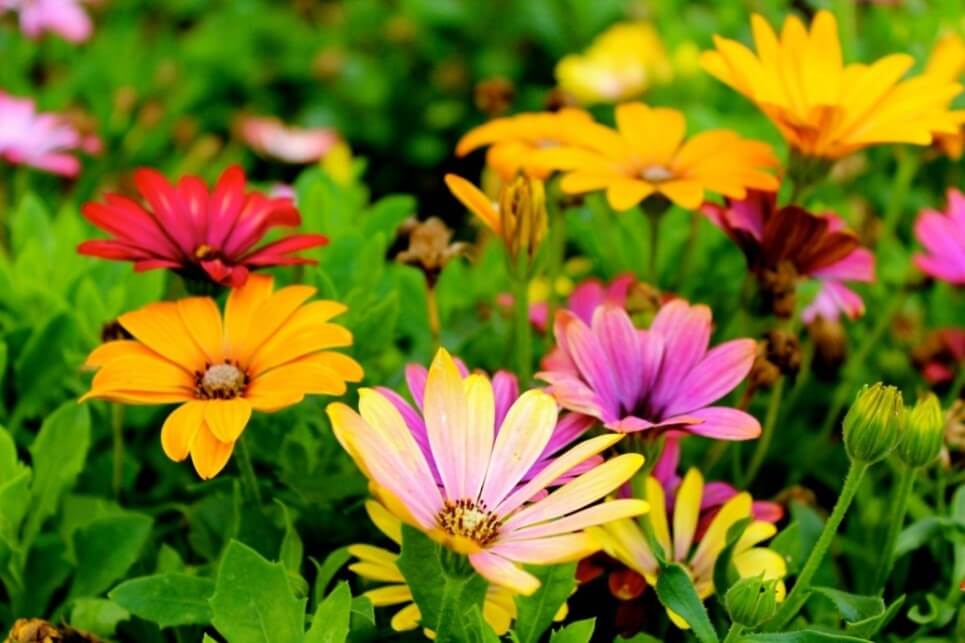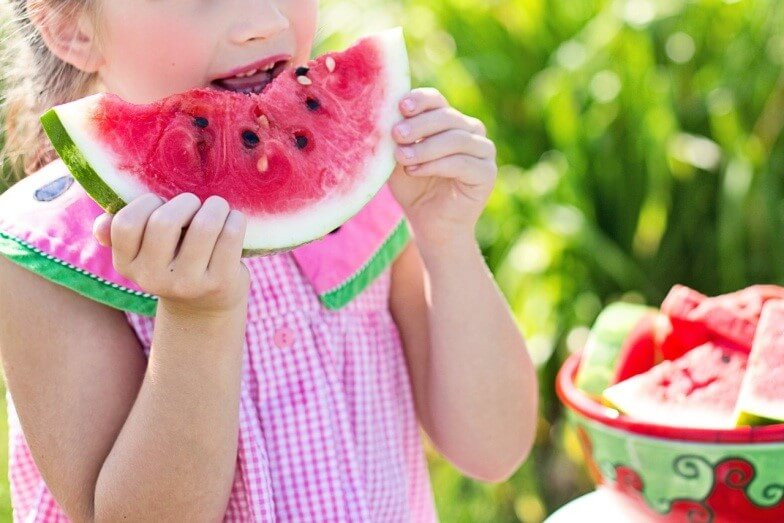How to Create a Sensory Garden at Home

A good sensory garden is one that incorporates and stimulates all five of the natural sensory faculties. Each of the sense activate our brain and help us to learn in different ways, but building a garden that caters to the different sense isn’t as complicated or technical as it can be made to seem. Here at Garden Play, as well as supplying quality garden equipment for children, we also love seeing gardens that involve visual appeal, sounds, natural smells, textures and even some things you can taste. Here are some tips on how to create your sensory garden:
Consider What You Want
Before you create the garden, you should consider in what ways you want to incorporate sensory elements into your garden. Some may already be present, others may need to be added, so it’s worth thinking about whether you want to transform the whole garden, or do you just want to focus on a particular area? Who are you creating the sensory garden for and how are you planning to maintain it? These questions are critical to your next steps.
Create Visual Appeal

A garden has the potential to offer all sorts of different appeal in terms of sight, whether it’s in the colours of the plants and flowers, the shapes of their leaves, the patterns of light and shade they create, not to mention the array of wildlife they can attract. Incorporating shrubs, trees, flower beds, fruit and veg patches, a bird feeding table; each of these offer visual appeal in different ways. You also include visually appealing fences, footpaths and benches, as well as garden ornaments, all of which can help a child’s visual learning and understanding.
Appeal to the Sense of Touch
Touch involves the feeling of different textures, which in a garden can involve taking into account smoothness or roughness, spiky or sticky, wet or dry, and host of different options that can be explored in the sensory experience. Including these aspects can be useful for safety awareness of natural elements they should and shouldn’t touch.
Incorporate Fragrance

Although plants are a garden’s most familiar natural sources of fragrance, you can also explore other interesting smells. For instance damp wood carvings, freshly mown grass or even the wet leaves in the garden. Mix different scents from strongly fragrant to mild, for instance, sweet pea and chocolate cosmos with vanilla and chocolate smell.
Incorporate Natural Sounds
A garden can provide a range of sounds, from chirping birds to buzzing bees, rain drops on wet leaves and the rustling of dry leaves. You can develop a garden ‘percussion section’ that will offer a variety of distinct sounds; water features that accentuate garden sounds, while back to bird life, you could teach your child to recognise different bird calls.
Have Tasty Treats Growing

For taste, you could obviously incorporate fruits or vegetables as your first port of call, whether it is in a little fruit and veg patch, or by planting larger features such as fruit trees and raspberry bushes. This sensory element also offers useful safety information, as you teach your children which kinds of plants and fruits are safely edible.
We hope you’ve enjoyed this short guide and that it’s sparked a few ideas. Creating a holistic sensory garden can be fun and interesting, bringing something new to learn from the properties of plants, wildlife and senses they activate.
